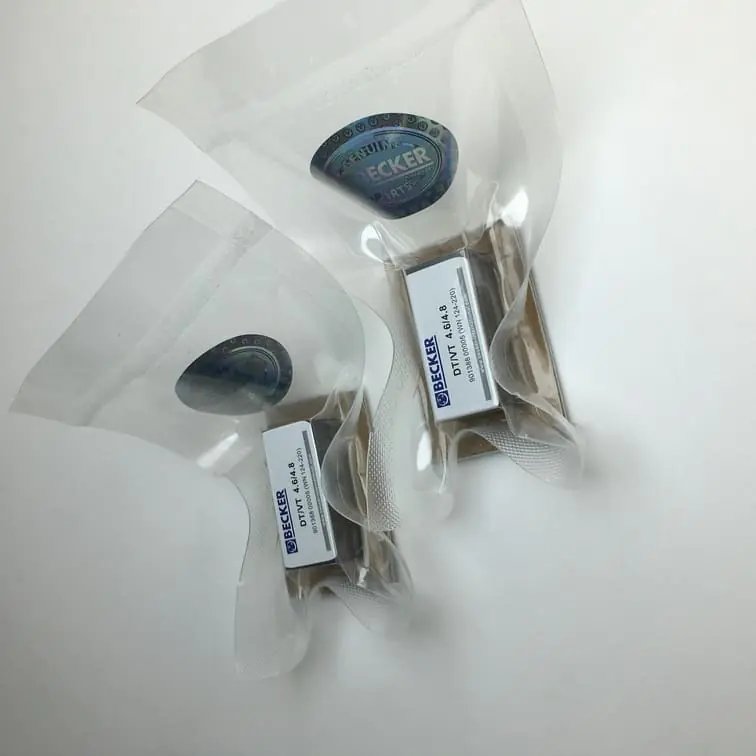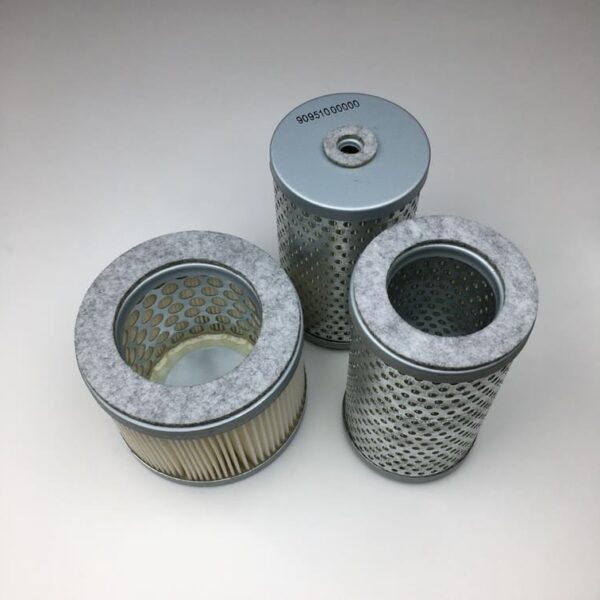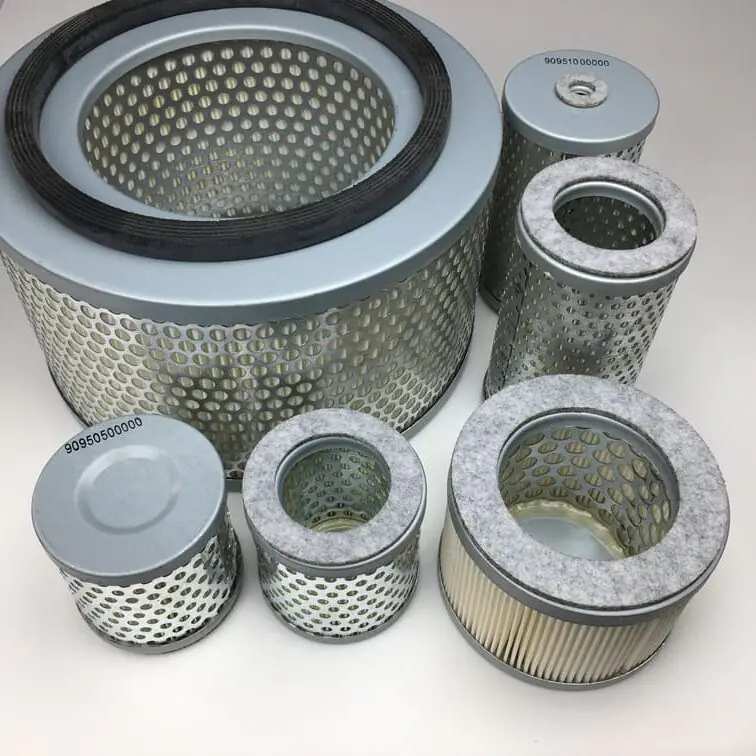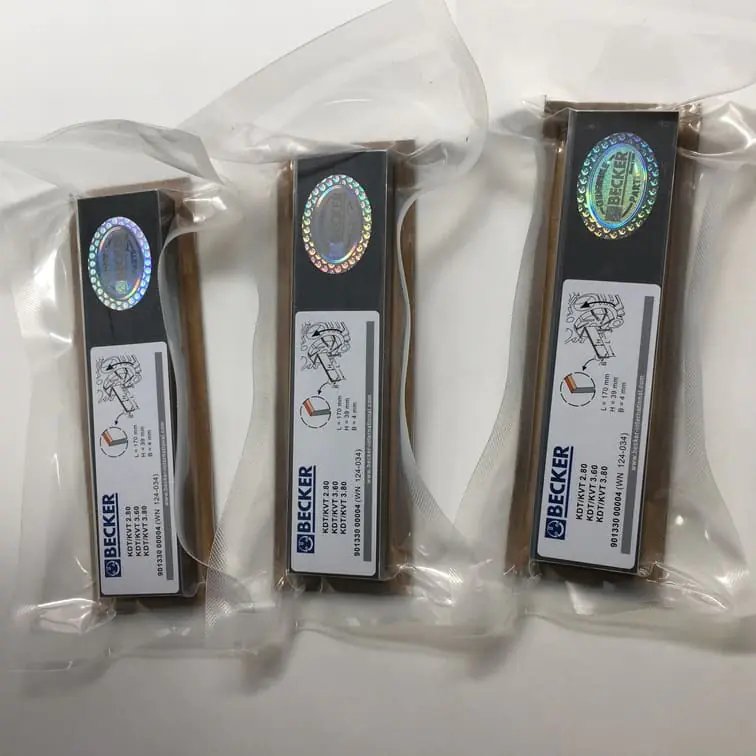Do Vacuum Pumps Work for Oil Changes?
Vacuum pumps are versatile tools used across various industries, from automotive to HVAC, for their ability to create negative pressure. One interesting and emerging use of vacuum pumps is in conducting oil changes. In this article, we’ll delve into whether vacuum pumps are effective for oil changes, the benefits and limitations of this approach, and the best practices for using vacuum pumps for such purposes.
What is a Vacuum Pump?
Understanding the Basics
A vacuum pump is a device that removes gas molecules from a sealed volume to leave behind a partial vacuum. It has many industrial uses, such as in refrigeration systems, laboratories, and even automotive maintenance. The primary components of a vacuum pump include:
- Motor: Drives the suction mechanism to create negative pressure.
- Inlet and Outlet Valves: Allow air and other gases to enter or exit the pump, thereby creating a vacuum.
- Oil Chamber: Lubricates internal components for smooth functioning.
How Does a Vacuum Pump Relate to Oil Changes?
For an oil change, a vacuum pump can be used to extract old oil from an engine or a machinery compartment. Instead of draining the oil by removing the drain plug, a vacuum pump creates negative pressure that draws the oil out through a tube inserted into the dipstick or oil fill port.
Key Insight: Vacuum pumps are most commonly used for oil extraction in cars, boats, and lawn equipment, offering a cleaner and often faster alternative to traditional methods.
How to Use a Vacuum Pump for Oil Changes
Tools Needed for the Process
To conduct an oil change using a vacuum pump, you will need some specific items. Here’s a basic checklist:
| Tool | Purpose |
|---|---|
| Vacuum Pump | To create suction and extract oil |
| Extraction Tube | To provide a path for the oil to exit |
| Oil Container | To collect the used oil |
| Safety Gloves & Goggles | For personal safety during oil handling |
Safety Note: Always ensure that the engine is slightly warm before starting the oil extraction. Warm oil flows more easily, making the extraction quicker and more effective.
Step-by-Step Guide
Step 1: Warm Up the Engine
Start by running the engine for a few minutes. The goal is to warm the oil to make it less viscous and easier to extract. Be cautious not to overheat the engine, as hot oil can cause burns.
Step 2: Set Up the Vacuum Pump
Place the vacuum pump near the engine, ensuring it is stable on a flat surface. Attach the extraction tube to the vacuum pump’s inlet. Make sure the tube is the correct size to fit into the dipstick or oil fill port.
- Tip: If the tube is too large, you may face difficulties inserting it far enough to reach the bottom of the oil pan.
Step 3: Insert the Tube
Insert the extraction tube into the dipstick or oil fill port until you feel resistance, indicating that it has reached the bottom of the oil pan. This ensures maximum extraction.
Step 4: Start Extracting the Oil
Turn on the vacuum pump and observe as it creates suction to draw the oil through the tube. The oil will flow from the engine into the oil container. The process may take a few minutes, depending on the capacity of your engine.
- Monitor the Flow: Watch the flow of oil and listen to the pump. Once the pump begins pulling air instead of oil, the extraction is complete.
 (Becker Set of 5 Vanes – available for vacuum pump maintenance)
(Becker Set of 5 Vanes – available for vacuum pump maintenance)
Step 5: Dispose of the Used Oil
Once all the oil has been extracted, carefully remove the extraction tube. Transfer the collected oil to an appropriate container for recycling or disposal. Used motor oil is hazardous and must be disposed of according to local regulations.
Benefits of Using a Vacuum Pump for Oil Changes
1. Cleaner Process
One of the primary advantages of using a vacuum pump for an oil change is the cleanliness of the process. There’s no need to remove the oil drain plug, which reduces the risk of spills and makes for a much tidier workspace.
Quick Fact: The extraction tube helps eliminate oil spills on the floor or undercarriage, which is a common occurrence with traditional oil draining methods.
2. Convenient and Time-Saving
- Ease of Use: It is particularly convenient for vehicles where access to the oil drain plug is restricted.
- Less Time-Consuming: For many users, the vacuum pump method is faster, as it eliminates the need to lift the vehicle or locate the drain plug.
3. Reduces Wear on Drain Plug Threads
With frequent oil changes, the drain plug threads on an engine oil pan can wear out, leading to leaks. Using a vacuum pump for oil extraction eliminates repeated removal and tightening of the plug, preserving the threads.
Limitations of Using a Vacuum Pump for Oil Changes
1. Incomplete Oil Extraction
Vacuum extraction may not remove all the oil from the engine. Some residue can be left behind, particularly if the extraction tube does not reach all areas of the oil pan.
- Residual Oil: Leaving old oil residue can reduce the effectiveness of the new oil and potentially harm engine health in the long term.
2. Not Suitable for All Vehicles
Some engines are not well-suited for vacuum extraction due to the design of their oil pans or the positioning of their dipstick tubes. In such cases, the traditional drain plug method is necessary.
3. Equipment Cost
While vacuum pumps are not prohibitively expensive, purchasing one adds to the overall cost of performing your own oil changes. Additionally, you need to consider maintenance for the vacuum pump itself, such as replacing vacuum vanes and filters.
For more about maintenance, check out our vacuum pump spare parts.
 (Becker Air Filter Replaces Becker 909540)
(Becker Air Filter Replaces Becker 909540)
Best Practices for Oil Changes Using a Vacuum Pump
1. Use High-Quality Oil
Always use premium-grade engine oil that meets the specifications of your vehicle manufacturer. Extracting oil by vacuum is a convenient method, but the quality of oil used afterward significantly impacts the engine’s performance.
2. Regular Maintenance of the Vacuum Pump
To ensure your vacuum pump works efficiently for oil changes, maintain it regularly. This includes replacing vanes and keeping the pump clean and lubricated.
- Inspect Vanes and Seals: The vanes in the pump need periodic replacement to maintain suction power.
- Change Filters: Dirty filters can hinder the performance of your vacuum pump, leading to poor oil extraction.
3. Combine with Traditional Drain at Intervals
While vacuum extraction is convenient, it is advisable to alternate between vacuum extraction and traditional draining. This helps ensure any sediment or sludge that may have settled in the oil pan is effectively removed.
Tip: Aim to do a full drain every 4-5 oil changes to maximize engine cleanliness.
Frequently Asked Questions
1. Can a vacuum pump extract all the oil from an engine?
While vacuum pumps can remove most of the oil, there might be some residual oil left in the pan, particularly in compartments that the extraction tube cannot reach.
2. Is vacuum extraction safe for all vehicle types?
Vacuum extraction is safe for many cars, boats, and motorcycles. However, it may not be suitable for engines with certain oil pan configurations where the extraction tube cannot reach all areas.
3. How often should I replace my vacuum pump’s parts?
The frequency depends on usage. If you use your vacuum pump frequently for oil changes or other tasks, check the vanes and filters every few months.
4. What are the key signs that a vacuum pump needs maintenance?
If your vacuum pump struggles to create sufficient suction, runs noisily, or if oil extraction takes significantly longer, it might need maintenance.
5. Is using a vacuum pump for oil changes eco-friendly?
Using a vacuum pump can be more eco-friendly due to the reduction in oil spills and waste. However, proper disposal of used oil is crucial.
Conclusion
Vacuum pumps can indeed work effectively for oil changes, offering a cleaner, more convenient method for extracting used oil. They are particularly useful in situations where access to the oil drain plug is challenging. While there are some limitations, such as potential residual oil left behind and the need for specific maintenance, the overall benefits make vacuum pumps a valuable tool for vehicle owners seeking a tidy alternative to traditional oil changes.
For those interested in vacuum pump maintenance and parts, using high-quality components like air filters and vacuum vanes can ensure your pump remains reliable and efficient. Understanding how to get the most out of your vacuum pump, including best practices for use and maintenance, will ultimately lead to better performance and longer-lasting equipment.




